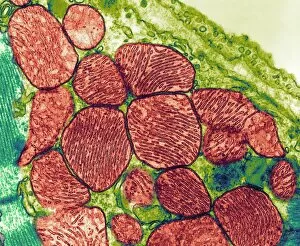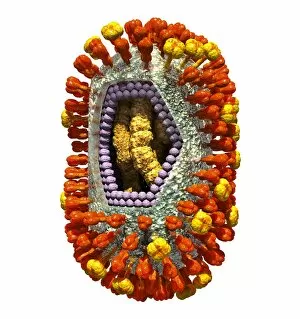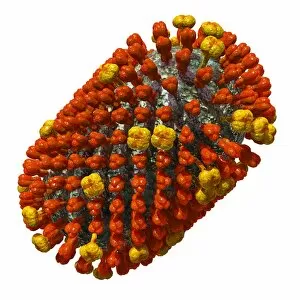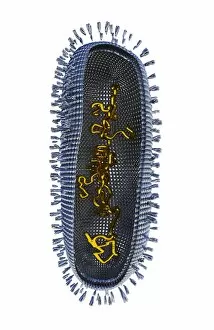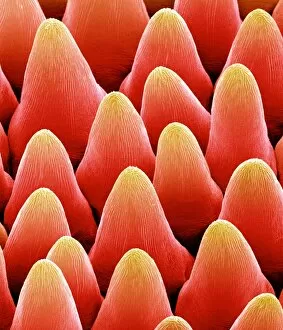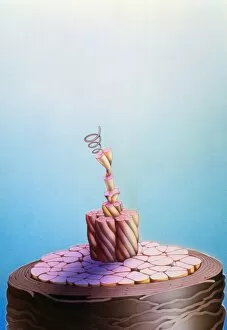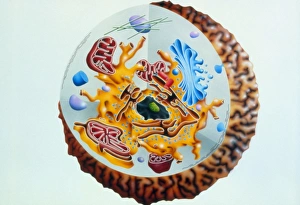Ultrastructure Collection
Ultrastructure refers to the intricate
All Professionally Made to Order for Quick Shipping
Ultrastructure refers to the intricate and detailed organization of cellular components that can only be observed using advanced imaging techniques such as transmission electron microscopy (TEM). One fascinating example is found within the mitochondrion, often referred to as the powerhouse of the cell. TEM images reveal its unique double membrane structure, with inner folds called cristae that increase surface area for energy production. In Russia, a remarkable scientific facility known as a heavy ion accelerator allows researchers to delve into the ultrastructural mysteries of various biological entities. Among these are captivating artworks depicting influenza viruses at different stages of their life cycle. Each artwork, such as C016 / 8349 or C016 / 8348, showcases the virus's outer envelope and internal components in exquisite detail. These mesmerizing TEM images provide valuable insights into how influenza viruses interact with host cells and cause infections. They unveil features like viral spikes on their surfaces that aid in attachment to target cells. By studying their ultrastructure, scientists gain crucial knowledge necessary for developing effective antiviral treatments and vaccines. The artwork series continues with C016 / 8347 through C016 / 8340, each revealing distinct aspects of influenza virus morphology and replication machinery. These visual masterpieces not only captivate viewers but also serve as invaluable tools for understanding viral pathogenesis. Through advancements in technology like TEM and access to cutting-edge facilities like heavy ion accelerators, scientists continue unraveling nature's hidden wonders at an unprecedented level of detail. The study opens up new avenues for research across various fields including cell biology, virology, and medicine – ultimately leading us closer to unlocking secrets that could revolutionize our understanding of life itself.


